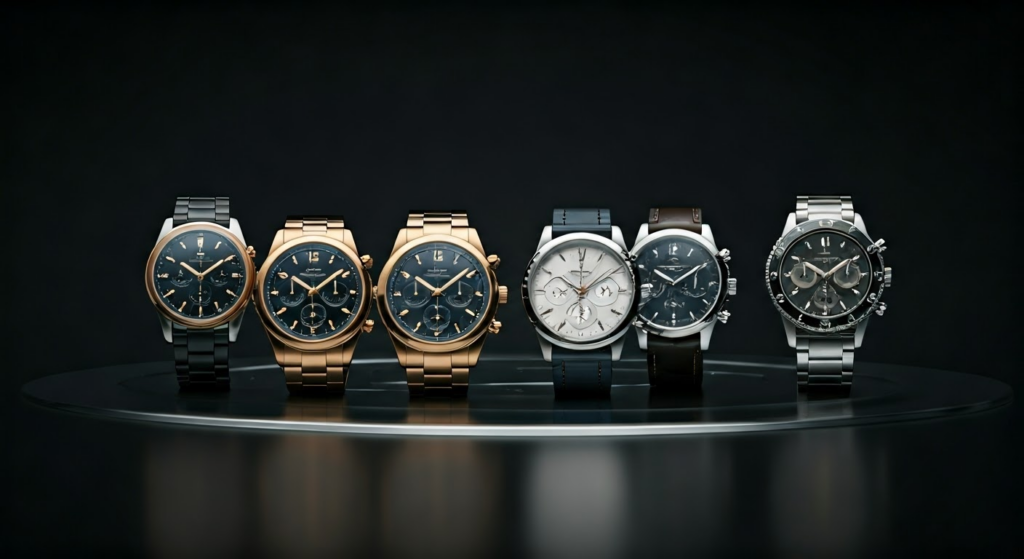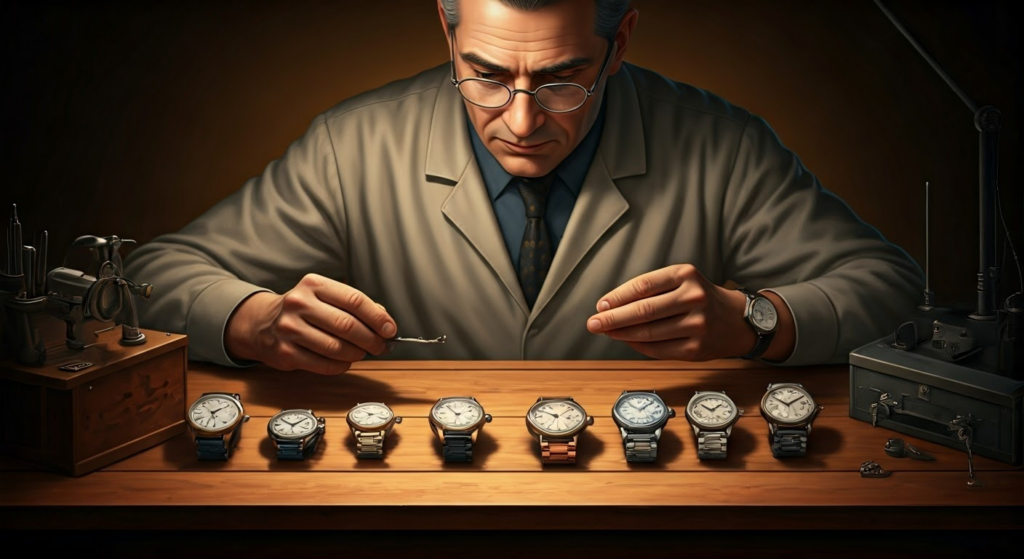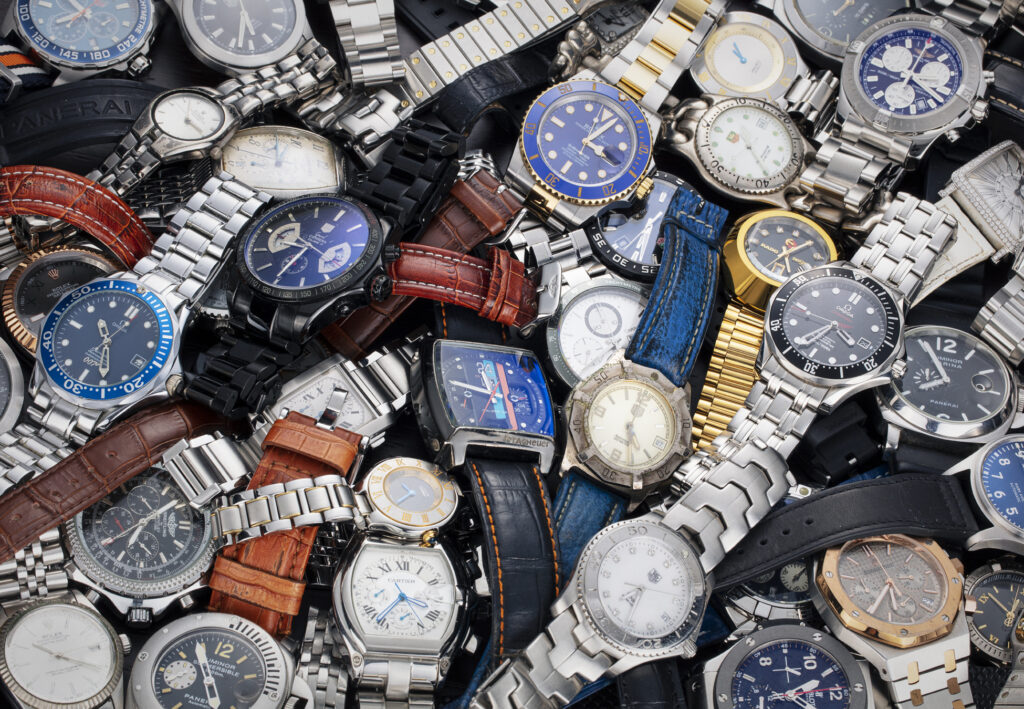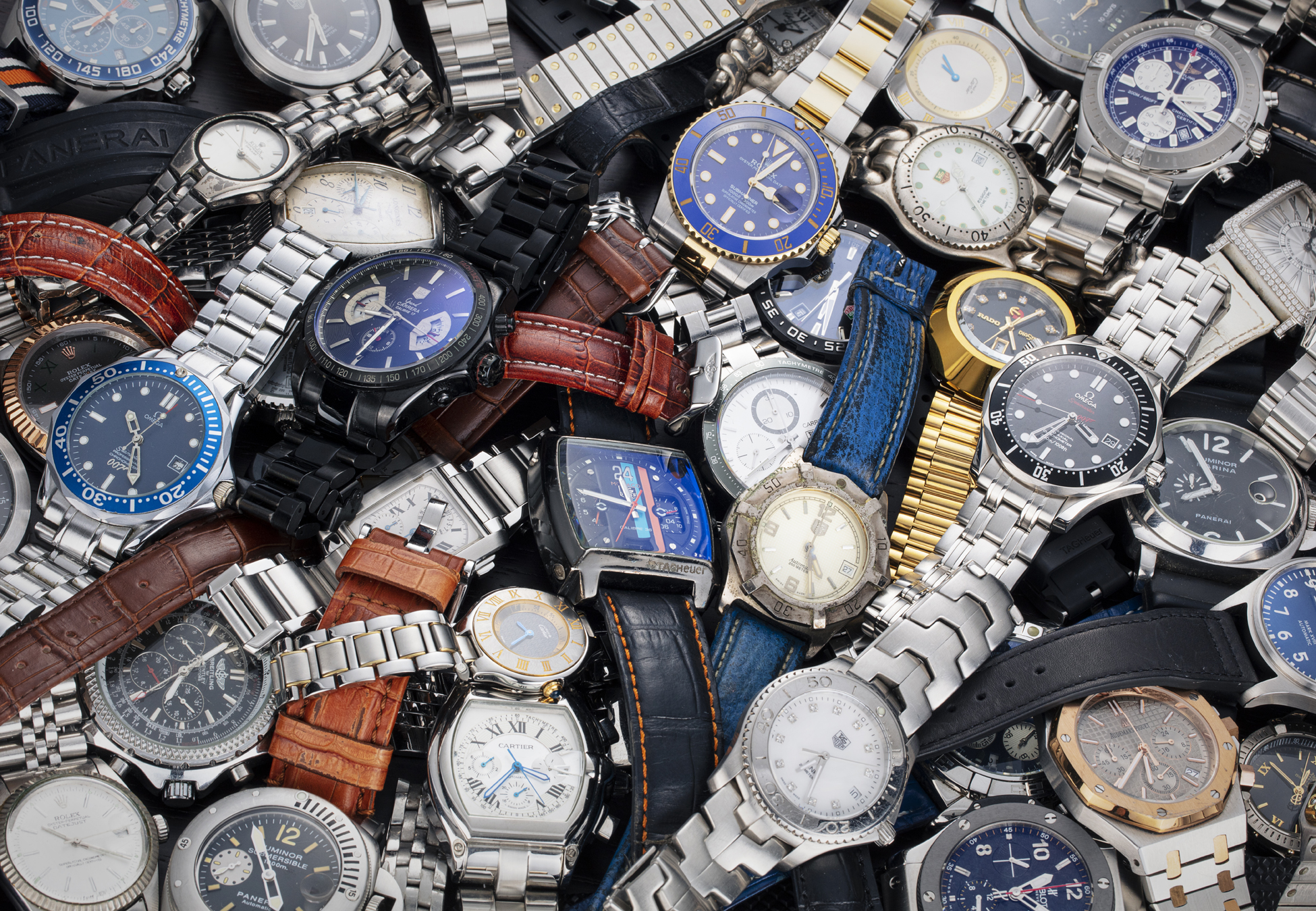The Rising Threat: Fake Watches’ Menace to the Industry

Key Highlights
- The counterfeit watch market poses a significant threat to the luxury watch industry, impacting brand reputation, consumer trust, and revenue.
- These fake watches often enter the U.S. market through sophisticated supply chains, exploiting vulnerabilities in customs and border control.
- Online marketplaces, including social media platforms, have become breeding grounds for selling counterfeit watches, making it challenging for consumers to distinguish between real and fake.
- Technological innovations, such as AI, machine learning, and blockchain, offer hope in combating counterfeits by enabling better authentication and supply chain transparency.
- Law enforcement agencies and luxury watch brands are collaborating to combat counterfeiting, implementing stricter measures and raising consumer awareness.
Introduction
The global market for counterfeit goods, particularly the counterfeit market, is a constant threat to many businesses. The luxury goods sector, including brands like Louis Vuitton, Rolex, and Chanel, is especially impacted, and the watch industry is a major target. Fake watches that copy well-known luxury brands, including Gucci and Rolex, fill the market. This puts the industry’s credibility at risk and tricks unaware buyers. This article will look at the different effects of counterfeit watches. It will discuss how this illegal trade works, the new tools being used to fight it, and the problems brands and consumers face.
Understanding the Impact of Counterfeit Watches

Counterfeit watches cause many issues. They hurt the money stability of the watch industry and also decrease trust and confidence in luxury brands. Additionally, counterfeit goods go against intellectual property rights and can be unsafe for consumers.
From a business point of view, selling counterfeit watches leads to loss of billions of dollars for real watchmakers. But the worst part is the harm done to brand reputation and how people view luxury brands.
The Economic Toll on the Watch Industry
The impact of fake watches on luxury brands is very serious. Selling counterfeit products leads to big money losses for real watchmakers. This illegal trade hurts the financial stability of the industry and can reduce jobs too.
Also, the rise of fake watches harms the brand value of luxury names. These brands are known for their product quality, craftsmanship, and uniqueness. When counterfeit products appear, they damage these values. This harm can make consumers trust and stay loyal to the brand less.
To fight counterfeit watches, we need a strong plan. Law enforcement, government leaders, and people in the industry should work together to combat the major challenge of the online sale of counterfeit products. They must stop the making, selling, and distributing of these fake goods. We need stricter rules, better border checks, and awareness campaigns to help reduce the harm caused by counterfeit watches.
The Danger to Consumers and Brand Reputation
Counterfeit watches and faulty chargers can be risky for buyers in India, much like counterfeit electronics. The biggest risk is money loss, but there are also safety concerns. Counterfeit goods, including counterfeit electronics and chargers, often use low-quality materials. They do not have the strength and quality of real luxury products.
Moreover, fake watches can hurt a brand’s image. If shoppers buy low-quality fake products, they may think badly of the real brand. They might not even know they bought a counterfeit item.
To stay safe, shoppers should buy luxury goods and related accessories from trusted sellers like Entrupy. They need to check the product, box, and reputation of the seller. According to a study from Michigan State University, it is also important to spread the word about fake products and teach people how to spot counterfeit watches. This can help reduce risks for buyers and protect the brand’s reputation.
The Counterfeit Watch Market Dynamics

The fake watch market works through complicated networks. These networks involve making, selling, and sharing fake watches. Often, these watches come from places where there are weak laws about intellectual property. They then enter the global market through different ways.
The growth of online shopping and e-commerce has made this issue worse. Social media and social media platforms are now places where people sell counterfeit watches. They often pretend these watches are real.
How Counterfeit Watches Enter the U.S. Market
The United States has a big market for luxury goods, making it a target for counterfeit luxury goods from China and Bangladesh. Fake watches come into the US and the UK through different ways. They take advantage of weak border control and use smart smuggling tricks.
US Customs and Border Protection (CBP) is always working to stop fake goods from coming in. They have tried many ways to catch these items at ports, but counterfeiters keep changing their tricks. They often mislabel goods and make false claims to sneak past checks.
New York City is a major center for fashion, making it a hotspot for counterfeit goods, including counterfeit handbags. The busy streets of Manhattan, flea markets, and online shops offer many chances to sell fake watches. Some tourists buy without knowing. Others just want a good deal, sacrificing authenticity. To reduce the number of counterfeit watches entering the US, strong law enforcement and better consumer education are key. This is especially important in big entry points like New York.
Online Marketplaces: A Hub for Fake Watches
The growth of online marketplaces and social media platforms, including major e-commerce players like Amazon, creates a big problem in the battle against fake watches. These platforms give counterfeiters a chance to reach buyers all around the world. E-commerce companies, including the CEO of major e-commerce firms, and social media sites face more pressure to stop the sale of fake luxury watches.
Here are some ways counterfeit watches spread online:
- Low Prices and Deals: Counterfeiters attract buyers by offering prices much lower than authorized sellers.
- Fancy Websites and Photos: Fake listings often show high-quality images and details that look like real luxury watch brands.
- Social Media and Influencers: Sellers of fake watches use social media, like Instagram and Facebook, to reach potential buyers. They advertise and work with influencers who want to make quick money, often without knowing they sell fakes.
To fight against counterfeit watches online, we need multiple solutions. This includes tougher rules for online marketplaces, better technology to spot fakes, and more campaigns to teach buyers about the risks.
Technological Advances in Counterfeit Detection
The fight against fake watches is now focusing more on technology. New tools are being created to help check if a watch is real. They also aim to make supply chains clearer. This helps brands and buyers spot counterfeit watches.
Key technologies like artificial intelligence, machine learning, and blockchain are essential tech advancements in this battle. These advancements help confirm the authenticity of products, trace where they come from, and ultimately stop counterfeiters.
AI and Machine Learning in Authenticating Watches
Artificial intelligence (AI) and machine learning are changing how businesses tackle the problem of counterfeit watches. These technologies are great at looking through big sets of data. They can find patterns and make predictions, which helps a lot in checking if a watch is real.
AI-based image recognition software can review product images of various items, including Nike sneakers, very accurately. It compares them to a database of real watches. This helps find small differences that could show a watch is fake. These systems can spot issues in logos, engravings, or even the materials used.
Machine learning algorithms add to the authentication work too. They can learn from large amounts of data about real and fake watches and replicas. They get better at spotting smart fakes. This ongoing learning helps them keep up with how counterfeiters change their methods. It makes counterfeit detection more accurate as time goes on.
The Role of Blockchain in Proving Authenticity
Blockchain technology is safe and clear. It gives a new way to prove that luxury goods, like jewellery and watches, are real. This system works by keeping a permanent record of a product’s journey from where it is made to the customer.
When a brand puts details about a watch’s production, the materials used, and sales on the blockchain, it shows a clear history of the product. Each entry has a time-stamp and is securely recorded. This means the information cannot be changed easily.
Consumers can check this blockchain record to confirm if a watch is genuine before they buy it. This transparency helps people make smart choices. It ensures they invest in real luxury items, not counterfeit products.
Conclusion
Counterfeit watches are a big problem for the watch industry and for consumers. They can cause a lot of money loss and hurt the brand’s good name. Customers risk getting low-quality items and could face legal troubles. New tools like AI and blockchain are important for checking the authenticity of watches and fighting against this issue. To keep yourself and the industry safe, make sure to buy only from authorized dealers. Stay alert and knowledgeable so you don’t get tricked by the fake watch market.
Frequently Asked Questions
How can I tell if a watch is counterfeit?
- Luxury goods are often targeted by counterfeiters.
- To check if a luxury watch is real, look closely at the quality of the work.
- Examine the logo and engravings carefully.
- Also, pay attention to differences in weight, materials, and movement.
- Buy from authorized dealers or trusted sellers.
- Be cautious of deals that seem too good to be true.
- These deals might lead you to fake products.
What are the risks of buying a fake watch?
The risks of the counterfeit cosmetics market go beyond just losing money. Buying fake apparel goods can also be bad for your health. These fake cosmetics items often use poor-quality materials that might have harmful chemicals or safety issues, similar to the dangers posed by counterfeit pharmaceuticals. Additionally, purchasing fake watches helps illegal activities and harms the brand’s image and consumer trust.
Can a counterfeit watch be seized by customs in the U.S.?
Yes, US Customs and Border Protection (CBP) can take away fake items. Law enforcement works hard to stop fake goods from entering the country. Consumers need to know that bringing fake watches into the US is against the law. It can lead to seizure, fines, and other legal issues.
https://www.cbp.gov/newsroom/stats/intellectual-property-rights-ipr-seizures
https://www.cbp.gov/trade/fakegoodsrealdangers


Leave a Reply